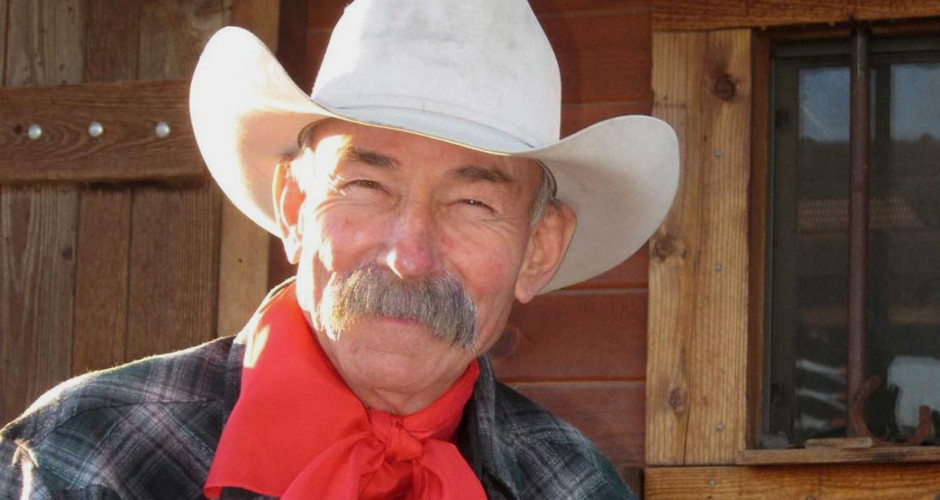— Published with Permission of HeraldandNews.com —
Labor Day was created by Unions to recognize the American Worker. It did not include ranching and farming; if they did it would destroy the ability of a farmer to get a loan. If a farmer included the cost of his daily labor on a financial statement, no banker could find a way to show a profit. But things have changed. ‘Haying’ used to be a full-time job for teens in the summer. Tossing bales onto a flat-bed, stacking them on the truck, hauling them back to the hay yard or the barn, throwing bales off and restacking them. It was always hot, sticky, scratchy, sweaty and hard. But if you were on the football team in high school you’d finish the last cutting with money in the bank and muscles like Arnold Schwarzenegger! Oh, and the suntan was free.
Fast forward to today. Teenagers in farm communities now have to go to the gym all summer to get in shape. Because one farmer with a round baler, a self-propelled inline bale wrapper, and a tractor with a bale spear can do the work of full teenage hayin’ crew in half the time. One of the most labor-intensive chores on the ranch is building fence. I worked for a big outfit that had several large ranches with miles of fence. We had a four-man crew. They would set the corners and the brace posts with posthole diggers and tamping bars. The roll of barbwire would be strung out, carried by two men often walking for miles when the country was too rough to drive along the fence line. Then the wire was stretched and the steel posts were driven in the ground with 15-pound post pounder every 20 or so feet. Stays and clips were spun on to finish. Sometimes they could do a mile a day.
Today we have a tractor with a posthole digger on the three-point hitch and a post pounder (or pusher in places where it rains). For those who still want to “rough it” there is the hand-held hydraulic post driver.
How about the old days of chopping weeds in the row crops? I remember the Bracero Program along the Mexican border where workers legally came into the U.S. to chop weeds, hand plant and harvest crops. The U.S. government stopped the program because it was supposedly taking work from able-bodied Americans. The very next year every cotton farmer in the Rio Grande Valley had bought a McCormick cotton picking machine. Now we spray for weeds or use genetically modified crops that resist insects, weeds and disease. When I was a lad we milked one cow. It supplied butter and milk for our family. Most farmers kept 5-10 milk cows. It took an hour or two every morning. It was the longest part of ‘doing the chores.’ Farmers sold their milk and cream or traded it for goods. Even today in highly automated dairies milking thousands of cows, it is still an intensive, hands-on part of agriculture. The only thing they don’t have to do is milk them!
There are many more examples of the amount of ‘labor’ required in farming and ranching, then and now, but it is that last one that comes to mind. On my wall is a painting of my grandfather walking from the “cooling room” (where the fresh milk was kept in running water to stay cool) carrying a bucket to the pump at the windmill. Then he would walk back and feed the hogs, scatter grain to the chickens, turn the draft horses out, then up to the house for breakfast. If they painted that picture today, he would be on his four-wheeler and probably weighing another twenty pounds!


